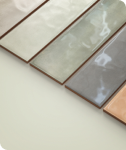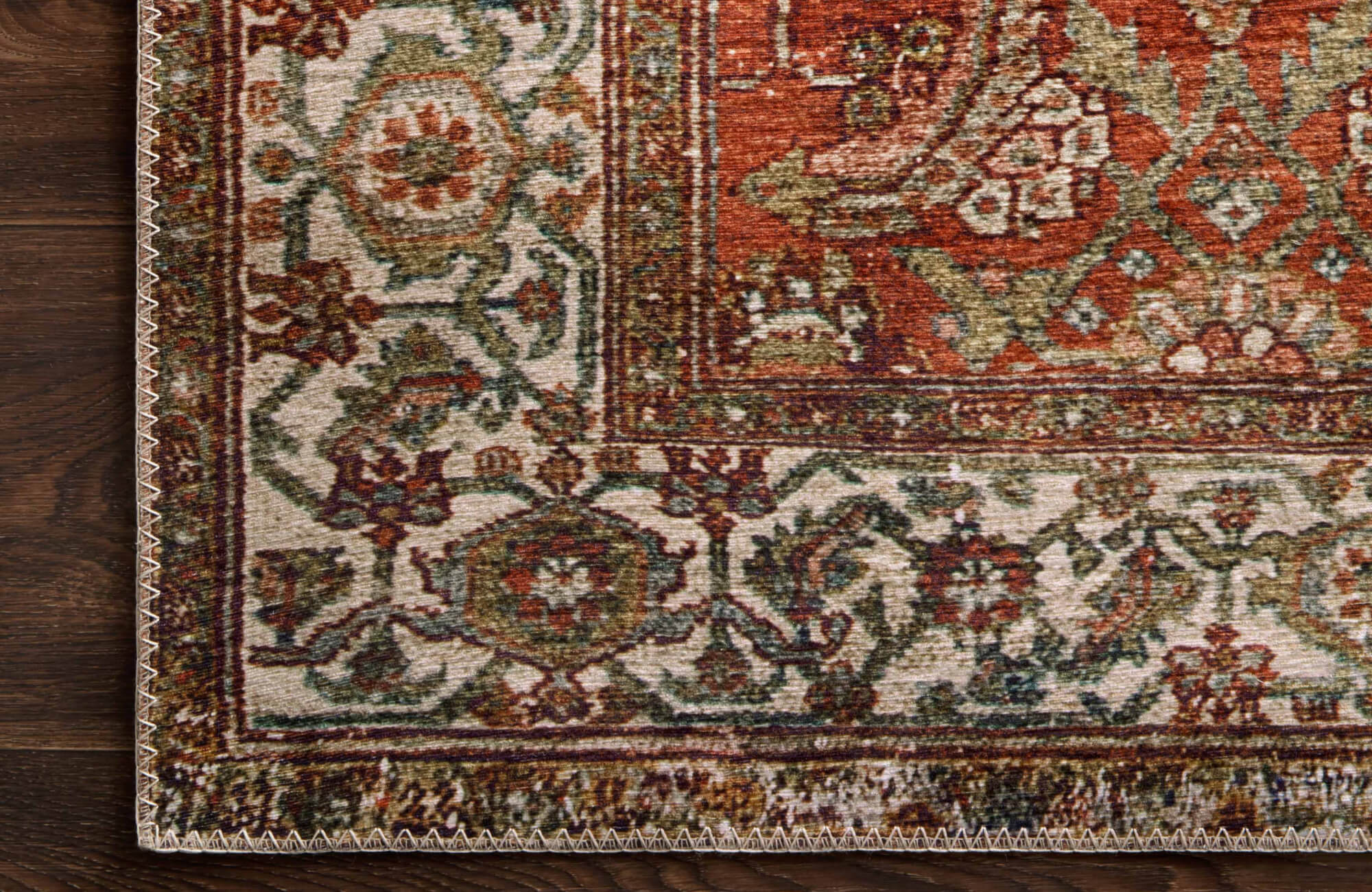Subway tile has become a timeless design staple in kitchens, bathrooms, and beyond, valued for its clean lines, versatility, and elegance. But is subway tile expensive? The answer depends on factors like tile material, labor costs, additional installation materials, and potential hidden expenses. Beyond initial costs, homeowners should also weigh the long-term value, durability, and resale appeal that subway tile offers.
This article explores the costs of subway tile, from budget-friendly choices to premium materials, along with strategies to save money, such as DIY installation or exploring alternative designs. Whether you’re planning a backsplash or a full renovation, this guide will help you make an informed decision that balances style, practicality, and cost.

Breaking Down the Cost of Subway Tile
The cost of subway tile extends beyond the tiles themselves. A complete budget includes labor, preparation, and additional materials, all of which influence the total expense. Proper planning provides a clear understanding of the project’s financial scope.
How Material Impacts the Cost of Subway Tile
Material choice greatly influences subway tile costs, with each option offering a distinct balance of durability, aesthetics, and price. For a budget-friendly yet stylish option, ceramic tiles are the most economical, priced between $5 and $15 per square foot. They provide a classic look that combines affordability with visual appeal, making them ideal for cost-conscious renovations.
Porcelain subway tiles, typically ranging from $10 to $30 per square foot, are a durable and water-resistant option well-suited for kitchens and bathrooms. The Aniston 3x12 Polished Porcelain Tile, as displayed in the picture above, highlights these qualities with its sturdy construction that resists wear and moisture. Additionally, porcelain tiles can beautifully mimic natural stones like marble and onyx and feature intricate veining and a glossy surface for added luxury. This combination of resilience, aesthetic appeal, and affordability makes porcelain a practical yet elegant choice for homeowners seeking long-term value.
For a sleek and modern aesthetic, glass subway tiles offer a distinctive appeal. Priced between $15 and $50 per square foot, they come in a variety of colors and textures that create a luminous, reflective quality. At the luxury end, materials like marble or travertine, ranging from $20 to $100 per square foot, deliver unparalleled elegance.
By understanding how the material affects cost, homeowners can select subway tiles that best match their budget and design vision.
How Labor Affects the Total Project Cost
Labor is a significant part of the total cost of subway tile installation. Complex installations requiring intricate patterns or extensive cutting demand more time and expertise, raising labor expenses. Larger spaces also increase costs due to the time and effort involved.
Skilled installers charge between $40 and $100 per hour, but their expertise ensures a polished, durable result. To manage costs, homeowners should request multiple quotes, verify credentials, and select professionals who align with their budget and project needs.
Key Installation Materials for Subway Tile Projects
A successful subway tile project requires additional materials that contribute to the overall budget. Thin-set mortar, priced between $10 and $50 per bag, bonds tiles to the surface. Grout, which fills gaps between tiles, ranges from $10 to $30 per bag for basic cement-based options, while epoxy grout can cost upwards of $50.
Other necessary items include spacers ($5 to $10 per pack) for uniform spacing, backer board ($10 to $20 per sheet) for moisture resistance, and waterproofing membranes ($1 to $3 per square foot) for high-moisture areas. These materials, though often overlooked, are crucial for a professional, long-lasting installation.

Long-Term Value and Resale Benefits of Subway Tile
Subway tile may involve a higher upfront cost, but its exceptional durability and timeless design make it a smart investment. Its ability to remain stylish and functional over time significantly enhances a home’s overall value and appeal to potential buyers.
Why Subway Tile Is a Durable Choice
Subway tile’s durability makes it a reliable choice for kitchens, bathrooms, and other busy areas. Porcelain subway tiles stand out for their strength, nonporous nature, and water resistance, making them ideal for spaces prone to moisture. Fired at extremely high temperatures, porcelain creates a dense, hard surface that resists wear, scratches, and water damage, ensuring a polished, long-lasting finish on walls and floors.
Ceramic tiles are another dependable option, particularly for walls. Crafted from natural clay and minerals and fired at moderate to high temperatures, ceramic tiles offer a lightweight yet durable structure. For example, the Jaden 2.5x16 Glossy Ceramic Tile in Hunter, as shown in the photo above, showcases both durability and style with its vibrant green hue and easy-to-clean glossy finish, making it perfect for backsplashes and accent walls.
Glass tiles, with their luminous quality, provide a modern and striking look. However, due to their higher cost and fragility, they are best reserved for decorative accents in low-impact areas. This positions porcelain and ceramic tiles as the most practical and value-driven choices for homeowners prioritizing durability and longevity.
How Subway Tiles Enhance Resale Value
Subway tile boosts resale value by combining timeless appeal with practicality. Its clean design complements a variety of styles, creating a polished look in kitchens and bathrooms—key areas that influence buyer decisions. Durable materials like porcelain and ceramic ensure the installation retains its beauty and functionality, reducing the need for costly updates. Whether featured in a backsplash or a larger renovation, subway tile’s universal appeal and reliability make it a standout choice for increasing a home’s market value.

Unexpected Costs to Consider Before Installing Subway Tile
Despite careful planning, unforeseen expenses can arise during subway tile projects. Preparing for these potential costs ensures the project remains on track.
Preparation and Hidden Costs of Subway Tile Installation
Installing subway tiles often involves preparation that can add to the budget. Demolition of existing surfaces may cost $200 to $1,000, depending on the size and condition of the area. Uneven or damaged surfaces may require additional leveling or bonding agents, further increasing expenses.
Hidden problems like water damage or structural issues can also significantly raise costs. For example, repairing water damage behind walls may add $500 to $2,000 or more to the budget. Consulting a professional early helps identify and address these challenges efficiently, ensuring the project progresses smoothly.
Factors That Increase Installation Costs
Certain choices and adjustments during installation can increase costs. Customizing subway tile patterns, such as herringbone, chevron, or vertical layouts, requires precision and additional time, raising labor expenses. Specialty tiles with intricate designs, unique finishes, or unconventional sizes often come at a premium, adding to the overall budget.
In kitchens and bathrooms, electrical or plumbing adjustments may also be necessary to achieve a seamless tile layout. Relocating outlets, light switches, or plumbing fixtures can cost $100 to $500 or more, depending on the complexity. Planning these changes helps avoid disruptions and ensures the design remains visually appealing.

Strategies to Save Money on Subway Tile Projects
Homeowners can minimize costs with practical strategies that maintain quality and design. Planning ahead and researching cost-effective options can help avoid unexpected expenses while still achieving a stylish and professional finish.
How DIY Installation Can Reduce Costs
Taking a DIY approach to subway tile installation is an effective way to cut costs, as labor typically accounts for 30% to 50% of the project’s total expense. Starting with smaller areas, such as backsplashes, allows homeowners to practice and build confidence before tackling larger projects. Learning the basics of tiling also helps homeowners better communicate with contractors for future projects.
However, DIY installations have potential downsides, such as uneven tiles, poor grout application, or improper sealing, which can compromise durability and appearance. Correcting mistakes may require professional intervention, offsetting initial savings. Additionally, DIY projects often take more time, especially for beginners with tight schedules. Homeowners should carefully weigh the risks and benefits, as consulting a professional for complex or large-scale projects ensures accuracy, minimizes errors, and delivers a polished, durable finish.
Opting for Standard Sizes and Simple Patterns
Choosing standard-sized subway tiles and avoiding intricate patterns can significantly reduce both material and labor costs. Standard sizes are typically more affordable and readily available, while simpler patterns require less time and precision during installation. To further manage expenses, subway tile can be used strategically as an accent, such as in a backsplash or decorative border, rather than covering entire walls. These creative approaches allow homeowners to achieve subway tile’s timeless and elegant appeal while staying within budget.
Buying in Bulk or During Sale
Purchasing subway tiles in bulk or during seasonal sales is a smart way to save on costs. Retailers often provide discounts for larger orders, making it cost-effective to buy all the tiles needed for your project in one go. Additionally, shopping during promotions or end-of-season sales can help you maximize your budget while still ensuring high-quality materials.

How Subway Tiles Enhance Aesthetic Appeal
Beyond cost considerations, subway tile’s aesthetic benefits contribute to its lasting popularity. Its clean lines and versatile design make it a perfect fit for various styles, from modern minimalism to classic elegance.
Why Subway Tile Improves the Look of a Space
In smaller spaces, subway tile’s vertical and horizontal lines create an illusion of height and depth, making the room feel larger and more open. For instance, the Maisie 2.5x16 Glossy Ceramic Tile in Ocean, as depicted in the image above, adds a striking vertical element with its elongated shape and vibrant ocean-inspired hue, perfect for creating a sense of height while infusing a refreshing pop of color.
In larger spaces, subway tile provides a cohesive and balanced aesthetic, preventing the room from feeling overwhelming or empty. Its clean lines and simple patterns anchor the design, allowing other decorative elements to stand out. For example, using a contrasting grout color or incorporating a feature wall of subway tile can add visual interest and define zones within an expansive area. Additionally, subway tile’s versatility allows it to complement open-concept layouts by seamlessly transitioning between kitchen, dining, and living spaces.
How Subway Tile Adds Lifestyle Value
Beyond financial benefits, subway tile elevates your quality of life by seamlessly blending beauty with functionality. In the kitchen, it creates an inviting space that enhances the joy of cooking, while in the bathroom, its clean design transforms the area into a serene, spa-like retreat. Outdoors, subway tiles add a sleek, weather-resistant touch to patios or kitchen areas, making outdoor entertaining both stylish and practical. With its timeless appeal and enduring durability, subway tile ensures your home remains visually stunning and highly functional for years to come, making it a truly valuable investment.
To help you envision how subway tile will look in your space, Edward Martin offers an innovative augmented reality (AR) tool. This cutting-edge technology allows you to virtually place different subway tile designs in your home, helping you compare colors, patterns, and layouts in real-time. By visualizing your options before making a decision, you can ensure your choice perfectly aligns with your style and enhances your space.
Making the Best Decision for Your Subway Tile Project
Choosing subway tile involves balancing costs, value, and design goals. With options ranging from budget-friendly to premium, there's a choice to fit every project. Consider your budget, explore cost-saving strategies, and evaluate how subway tile meets your design needs. Durable materials like porcelain and ceramic offer affordable, long-lasting solutions. Consulting a professional can also help you make informed decisions and achieve a result that enhances your space.
For additional guidance, Edward Martin’s expert design services can help you bring your vision to life. From selecting the perfect subway tile to creating a cohesive layout tailored to your space, our team provides personalized solutions that combine style, practicality, and budget considerations. With professional insight and attention to detail, you can move forward confidently, knowing your project is in skilled hands.







